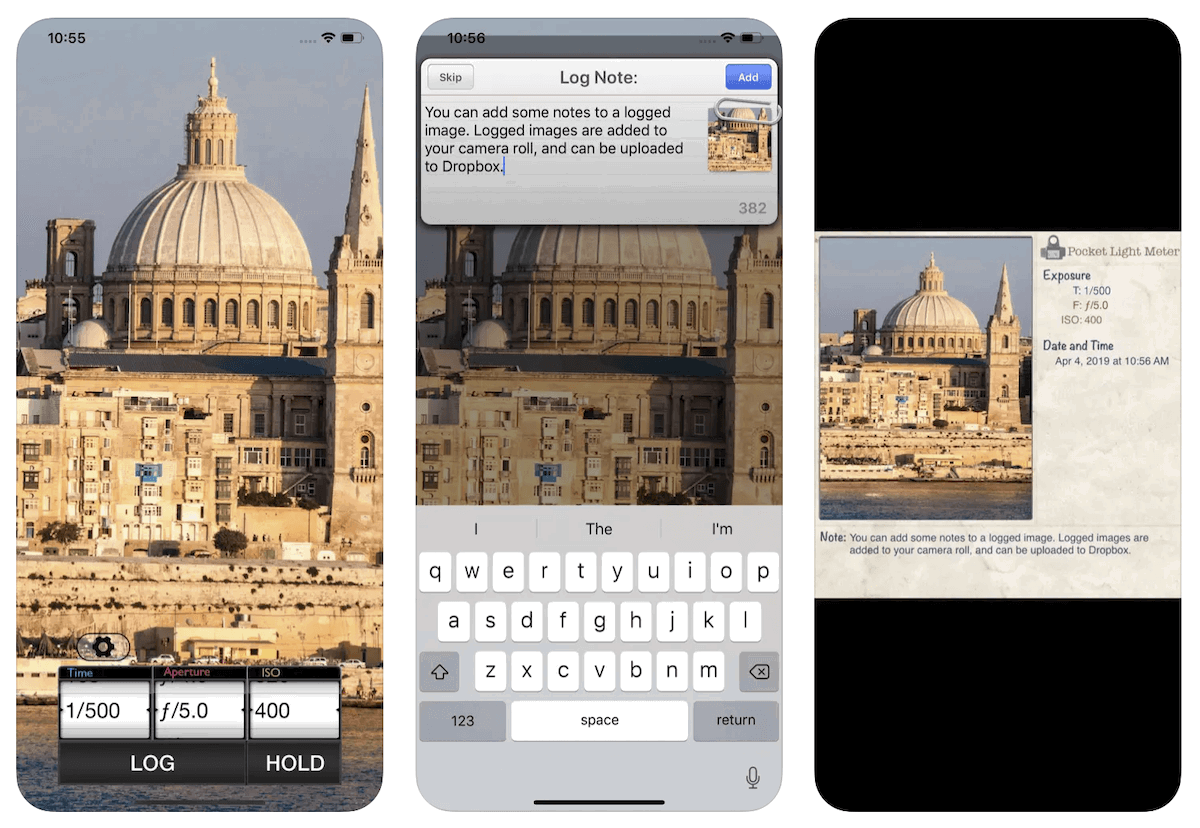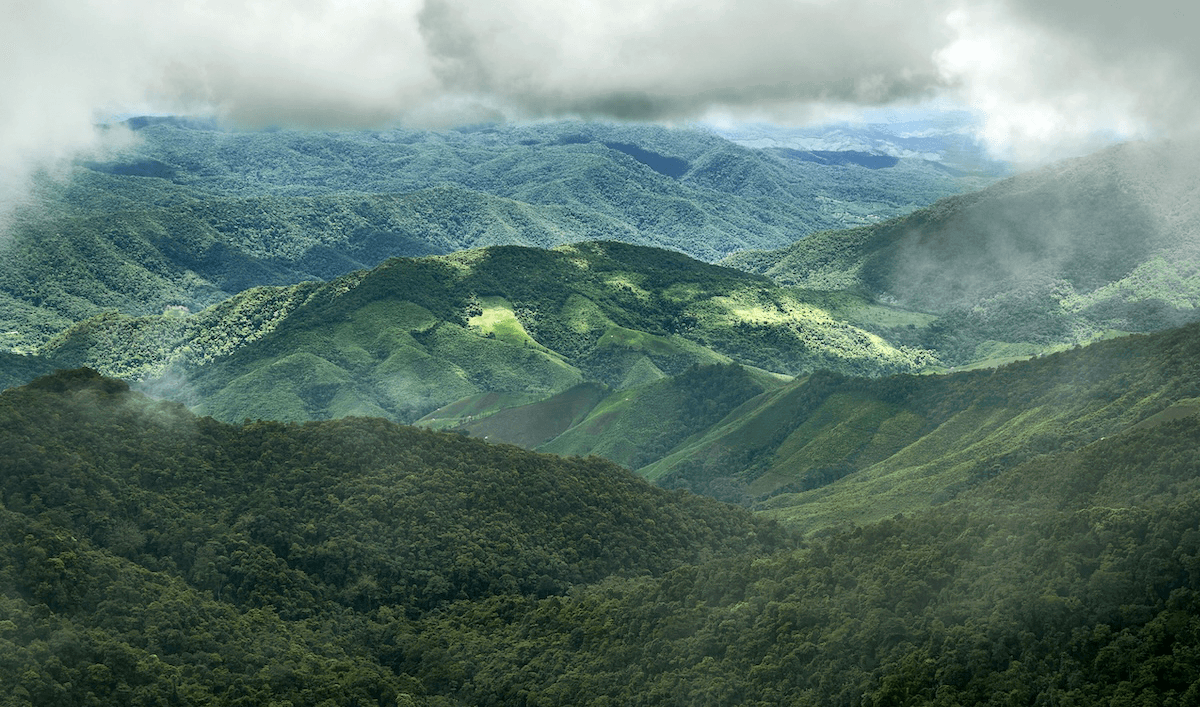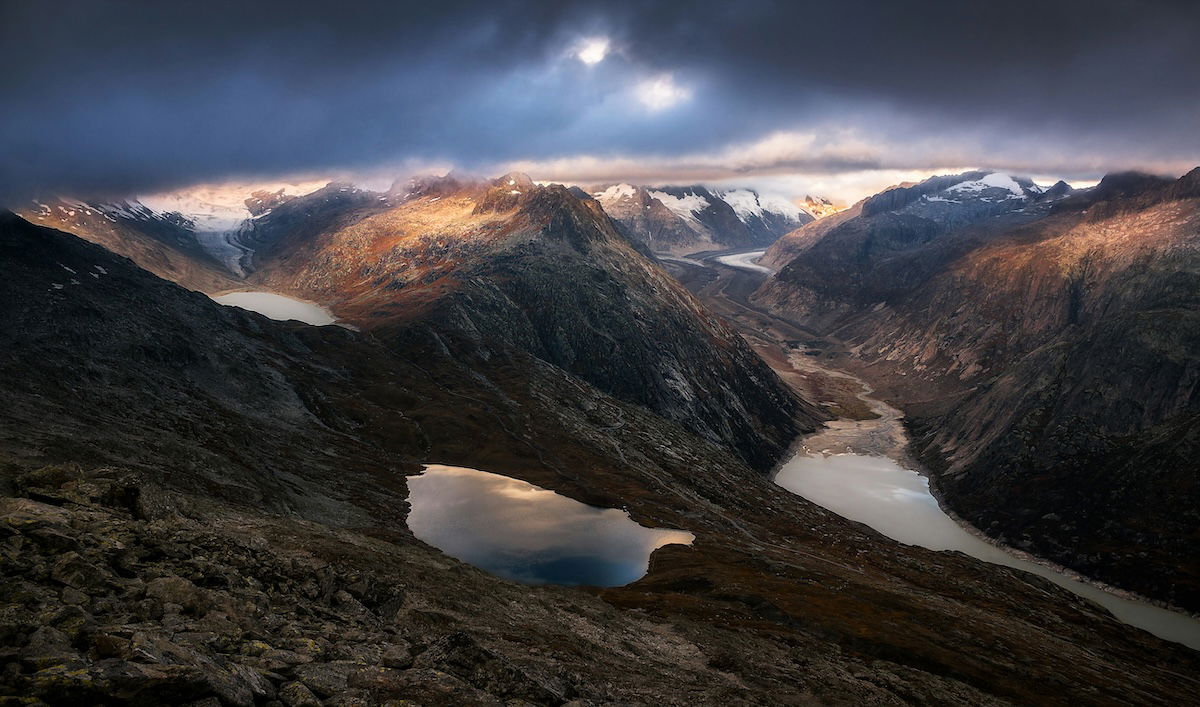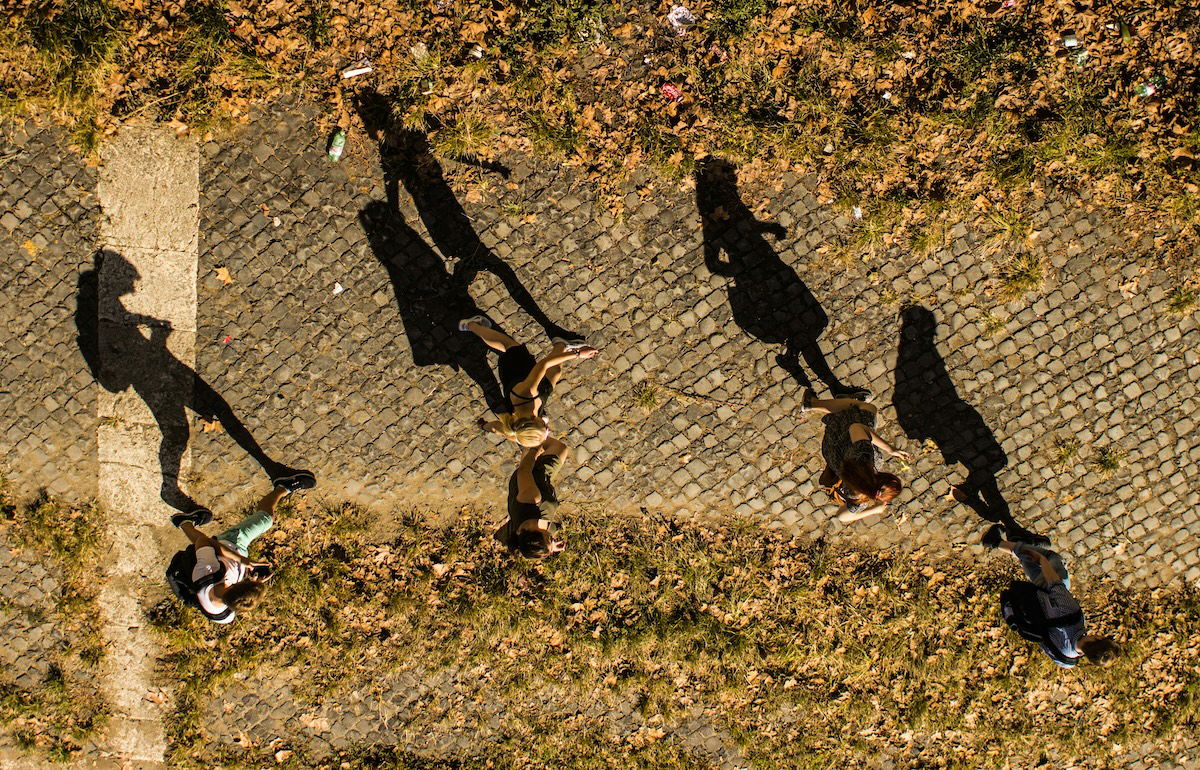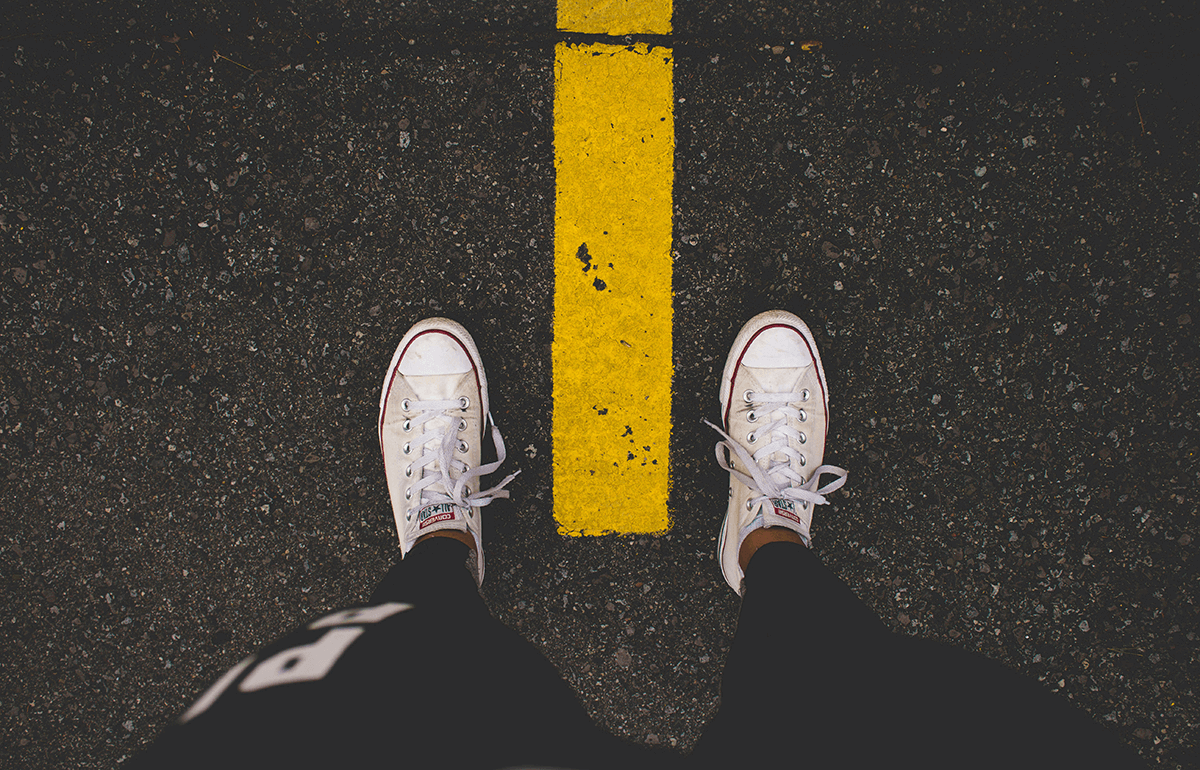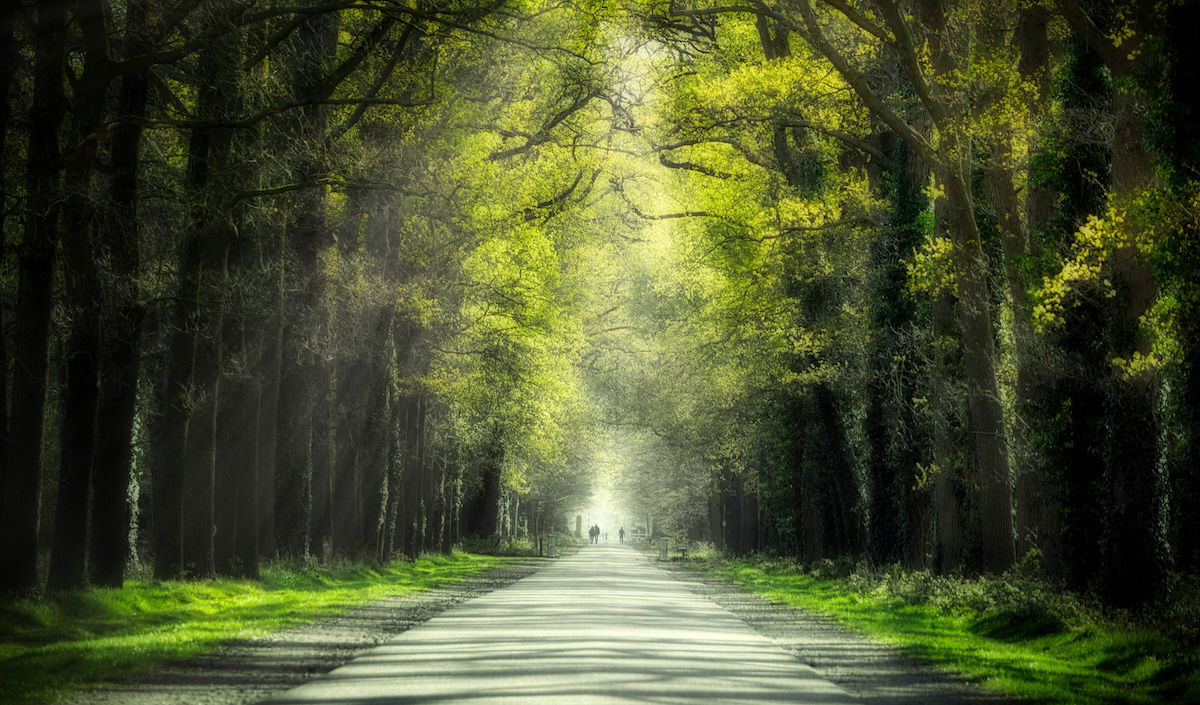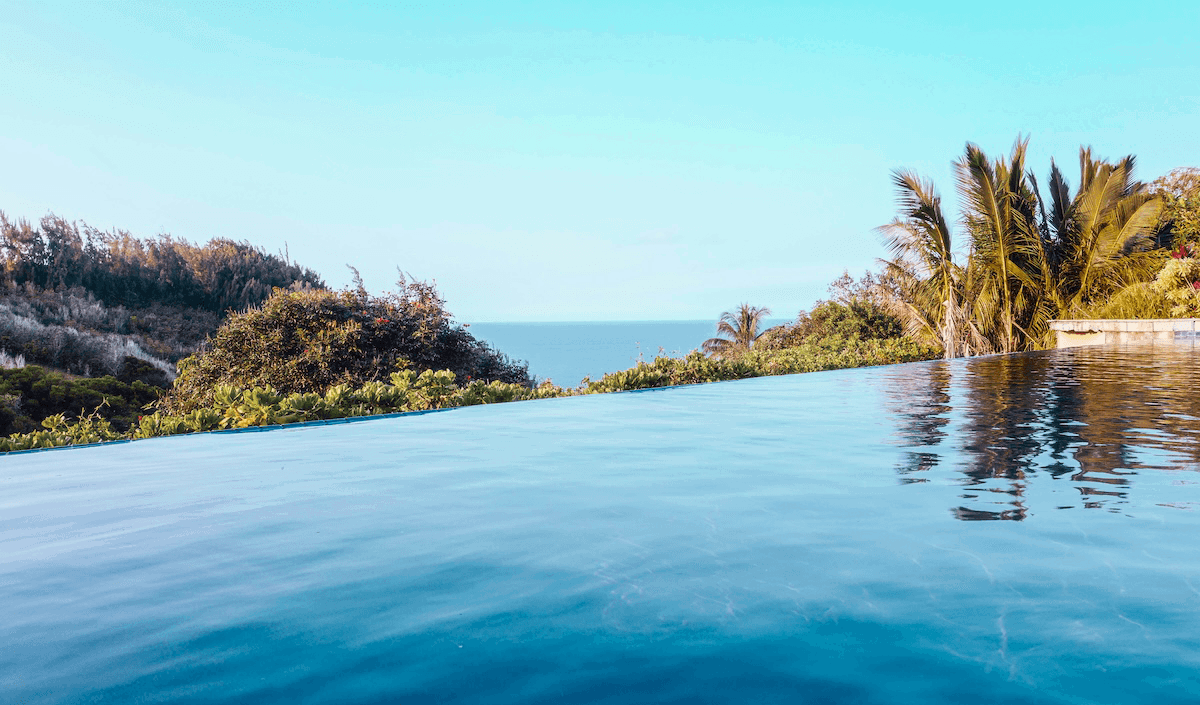How to Use the Sunny 16 Rule (And Other Exposure Settings)
Having trouble exposing your images on bright, clear, sunny days? Well, the Sunny 16 Rule is a photography trick that could really help you out.
As the name suggests, it’s for shooting outdoors on sunny days using an f/16 aperture. It’s a helpful device to ensure you never over-exposure your images in bright sunlight.
Our article teaches everything you need to know about the Sunny 16 Rule and summertime photography.
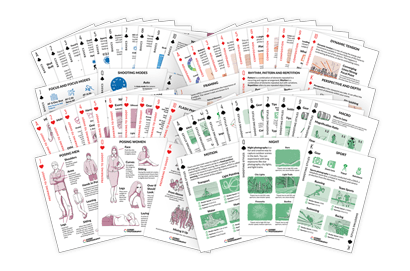
- Efficiently covers 52 topics for quick learning and mastery.
- Designed for clarity with beautiful illustrations and layouts.
- Accessible anytime, anywhere—downloadable or printable for convenience.
What is the Sunny 16 Rule?
The Sunny 16 Rule is a photography technique for capturing consistently well exposed images on bright, sunny days.
It states that, on sunny days, your shutter speed should be the inverse of your ISO value when you have an aperture of f/16.
Photographers like to use the f/16 aperture when shooting outdoors in the sun. It’s a narrow aperture, so it helps you avoid over-exposure. But it also gives you a deep depth of field, which is handy for outdoor photography.
For instance, if you set your camera at an aperture of f/16 and ISO 100, your shutter speed should be 1/100 s (seconds). It’s one of the easiest photography rules to remember.
It is a great starting point because you will no doubt want to change your exposure settings based on the reflected light available. Below is a good example of light conditions that match the prediction of the Sunny f/16 Rule.
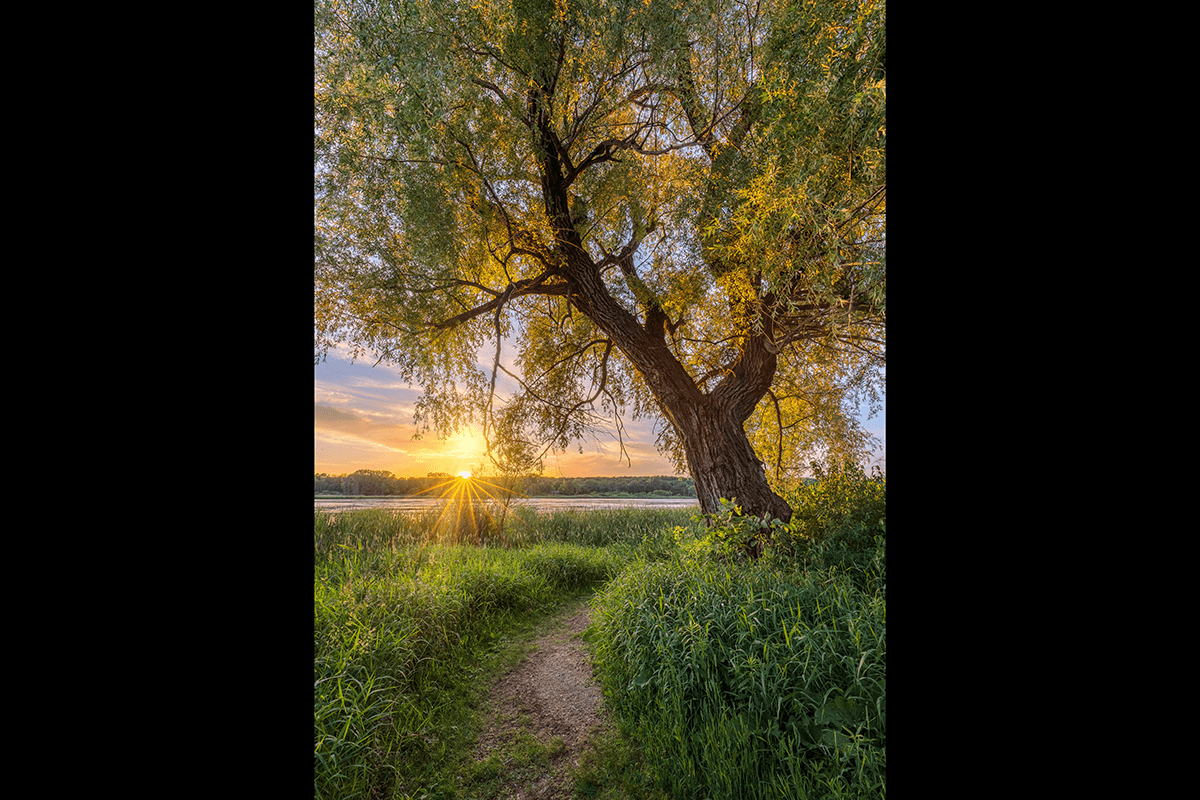
Shot with a Canon EOS 5D Mark IV. 16mm, f/16, 1/100 s, ISO 100. Dave Hoefler
Sunny 16 Rule in the Digital Era
In the past, the Sunny f/16 rule or 16 rule was a must-know technique for film photographers. This photography rule acts as a metering system when you don’t have a light meter.
But now, built-in light meters are present in every device. It’s in everything from camera phones to pro-grade mirrorless cameras.
Nonetheless, the Sunny 16 rule can still serve you well in several ways:
- It makes you work faster in manual mode with your digital camera.
- It makes it easier to experiment with film photography. For example, when shooting large format 6×6 film.
- It’s a useful exercise to improve your ability to read the available light. With a light meter app on your smartphone, you can check the settings you would use against those suggested by the app.
I like to use the app Pocket Light Meter ($10.99) on my iPhone to practice my ability to read light. But there’s also Lux Light Meter Pro for Photo, which is free and does the trick.
The Exposure Triangle
The Sunny 16 rule becomes much easier to understand if you know about the exposure triangle.
Your image exposure combines the aperture, shutter speed, and ISO values. Finding the correct exposure is a case of balancing these three settings.
All three settings are connected, so you can’t change one without effecting the other two.
Let’s say you’re correctly exposing your images at ISO 100, shutter speed 1/250, and aperture f/5.6. However, you want to narrow your aperture to f/8 for a deeper depth of field. If you make that change, you will then have to increase your ISO or decrease your shutter speed by one stop.
The triangle shows you how the exposure settings are interlinked. This is photography basics, and it’ll form the foundation of nearly all the create decisions you make as a photographer.
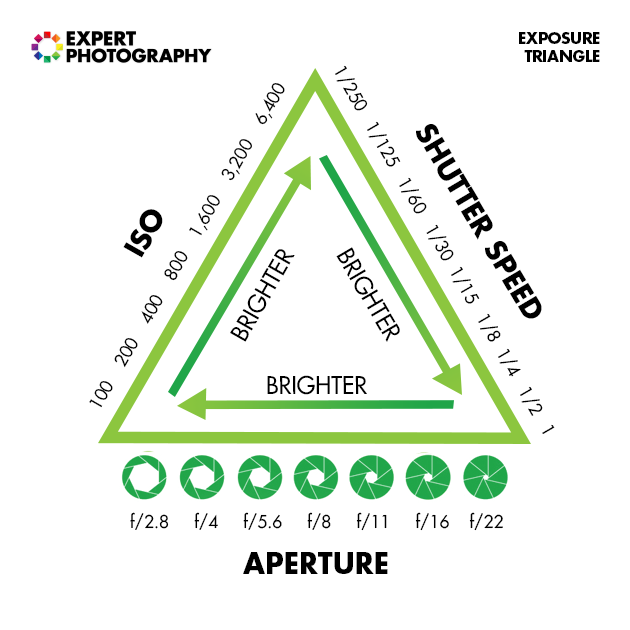
Shutter speed, aperture, and ISO determine the image exposure.
Say you’re using an aperture of f/16, a shutter speed of 1/400 s, and an ISO of 400. You get the same exposure with the following camera setting combinations:
- f/11 (+1 EV), ISO 400 (0 EV), and 1/800 s (-1 EV)
- f/16 (0 EV), ISO 800 (+1 EV), and 1/800 s (-1 EV)
The overexposure or underexposure appears in the brackets. (EV stands for exposure value) But not all cameras and lenses let you shoot at f/16 or narrower apertures.
For example, my Sony RX100 does not close more than f/11. Also, Micro Four Thirds cameras start to suffer from diffraction over f/8.
Similar Rules to the Sunny 16 Rule
It’s not always sunny outside. Some days are pretty dark, and the sunny f/16 rule does not fit those conditions. For this reason, different rules are dependent on the weather.
The Sunny 16 chart below illustrates the conditions for which the different rules apply:
- Sunny 16 Rule: This is when you photograph in an open field on a sunny day.
- Slight Overcast 11 Rule: This is when the sky is variable.
- Overcast 8 Rule: This is for cloudy weather, but not when it’s dark.
- Heavy Overcast 5.6 Rule: This is for bad weather, maybe when it’s rainy.
- Sunset 4 Rule: This is for typical sunset conditions.
- Snowy 22 Rule: If the sun is shining over a snowy landscape, f/22 is the suggested aperture. It gives you a balanced exposure using a shutter speed inverse of your ISO.
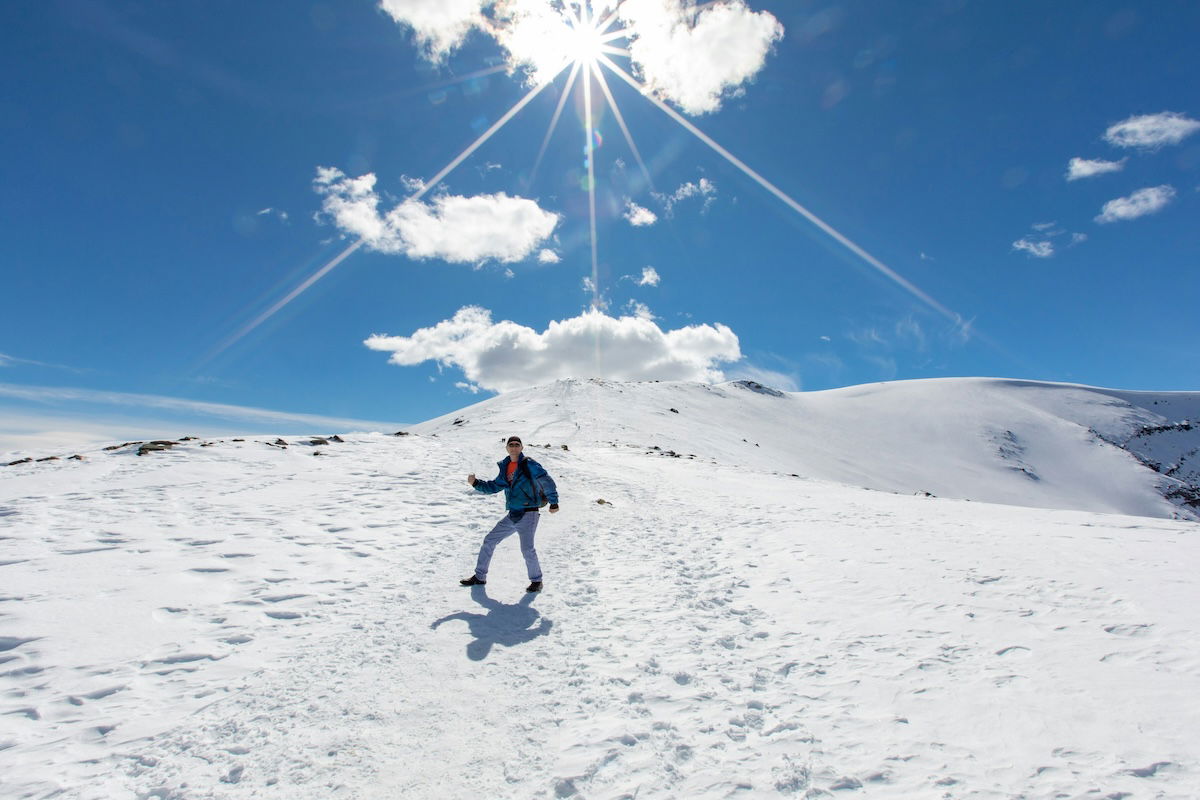
Shot with a Canon EOS 5D Mark IV. 16mm, f/22, 1/320 s, ISO 320. Faith McDonald
The principles are the same as those of the Sunny 16. In overcast conditions, follow the Overcast 8 Rule. Set your camera to f/8 and ISO 100 for a shutter speed of 1/100 s.
Let’s go over a couple more examples. This classic light (first picture below) suits the Overcast 8 Rule better than the Sunny 16. The second image is a typical situation for the Heavy Overcast 5.6 rule.
Unsplash photos: Norbert Braun (left), Sony a7R III, 35mm, f/8, 160 s, ISO 100. Jan Huber (right), Canon EOS Rebel T3i, 18mm, f/5.6, 1/80 s, ISO 100.
Forget the Weather, Read the Shadows
Actual sky conditions can be misleading. So, look at shadow “hardness” to estimate which rule best matches the light conditions. The sky has many clouds blocking the sun, and shadows are on the ground.
In these conditions, the light meter told the photographer what they could set for a balanced exposure. It showed an aperture of f/11, a shutter speed of 1/100 s, and an ISO of 100. These camera settings are the Slightly Overcast 11 Rule.
In the image below, there are some patches of blue sky. But because of passing clouds in front of the sun, the in-camera light meter will tell you that the Slightly Overcast f/11 rule works better.
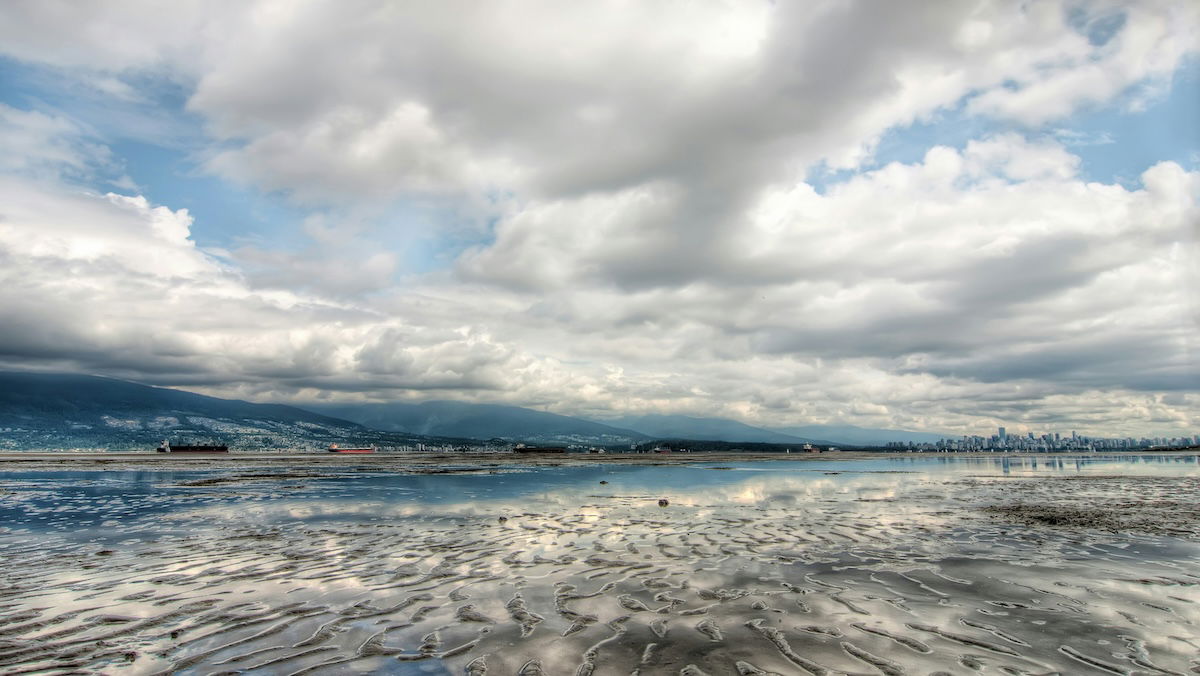
Shot with a Nikon D5000. 14mm, f/11, 1/100 s, ISO 100. James Wheeler
The Sunny 16 works best with hard, deep shadows (see the first image below). If there are very soft or no shadows, you should use the Heavy Overcast 5.6 Rule (see the second photo).
Anything in between is for Overcast 8 or Slightly Overcast 11. Applying these rules will make you fluent in reading light and shadow hardness.
Unsplash photos: Inbal Marilli (left), Canon EOS Rebel T3i, 28mm, f/2.5, 1/3,200 s, ISO 100. Nadine Shaabana (right), Canon ESO Rebel T5, 23mm, f/4, 1/50 s, ISO 100.
Applying the Sunny 16 Rule
These rules are not exact. You don’t change camera settings based on individual factors (sun, clouds, heavy clouds, etc.).
It is an ever-changing mix of factors, and no bulletproof rules exist. So, knowing how to read the light is important, particularly for an outdoor photographer.
Let’s consider the first image below. This image defies the Sunny 16 rule. You can see very strong shadows on the ground. But the in-camera light meter tells the photographer to have a shutter speed inverse to the ISO 160 (1/125 s).
An aperture of f/5.6 should be used instead of f/16, as the hardness of the shadows suggests. The scene is rather dark due to the strong foliage.
Compare it to the brightness of the second image, taken under the same kind of daylight. This image of an outdoor pool follows the Sunny 16 rule. In general, open images are much brighter than those taken under the canopy of trees.
- Left Image: LePei Visual , Nikon D3200, 120mm, f/5.6, 1/125 s, ISO 160.
- Right Image: Ryan Spencer, Leica Q (Typ 116), 28mm, f/16, 1/60 s, ISO 400.
Conclusion: How to Use the Sunny 16 Rule
Thanks to in-camera light meters, modern digital photographers do not need to memorize these rules. But practicing the Sunny 16 rule is a great exercise for learning to read the available light.
Start practicing right away! Look out the window. Is that weather to use the Sunny 16 rule or something else?
You can use our Quick Capture cheat sheets to have all the top photography rules at your fingertips.

- Efficiently covers 52 topics for quick learning and mastery.
- Designed for clarity with beautiful illustrations and layouts.
- Accessible anytime, anywhere—downloadable or printable for convenience.
